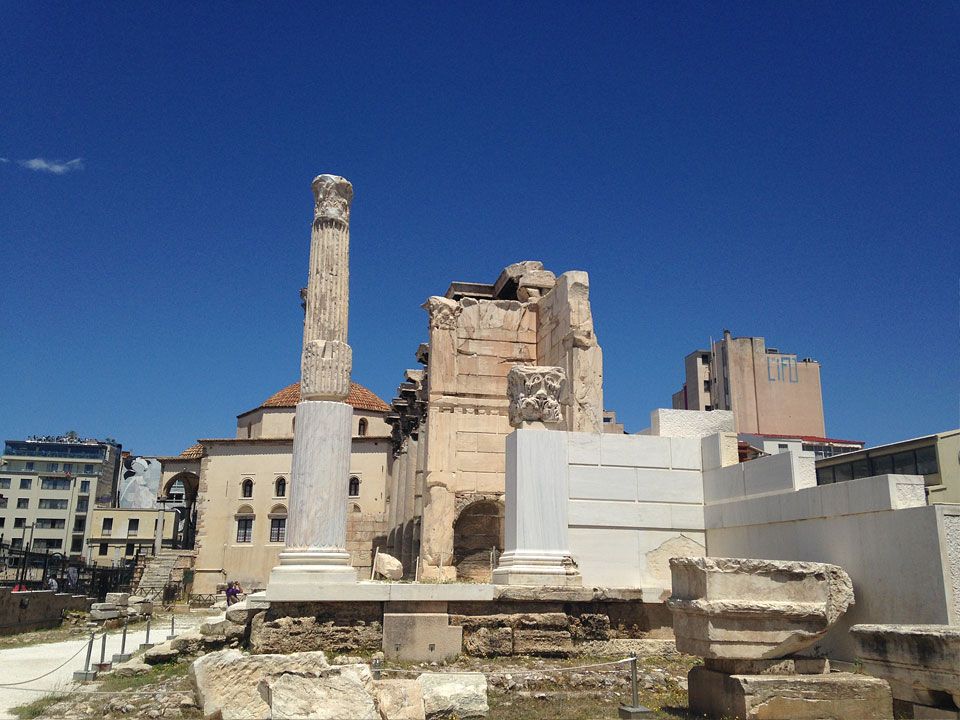

The name comes from the stone extracted in ancient times on the island of Skyros, North Sporades (Aegean Sea). Skyros marble was one of the most important marbles used by the Romans architects and sculptors. This marble was intensely exported towards Rome in the 1rst century BC, as the archeological testimonies of the Augustan period confirm. Skyros marble was mentioned in the writings of Strabo as the “varied stone Skyros”. The strategic position of the island favored the marble’s diffusion throughout all the provinces of the Roman Empire, from Syria to Baetica (Andalucía) Italy and from Switzerland to Tunisia.It has been mentioned that this multicolored material had not only been used in Greece (Korinthos, Olympia, Epidaurus, Fillipoi etc) but worldwide in territories such as in Italy (Rome, Ostia, Pompei, Ercolano etc), Egypt (Alexandria, Cairo), Syro-Palestinian (Baalbek, Caesarea Maritima), Turkey (Side Ephesus, Miletus). Moreover, Skyros Marbles were also famous in West and East till the Middle Age. Over time, the material which had been used in Romaic buildings was removed and it has been reused in Christian and Islamic temples. Furthermore, it is worth mentioning that all the columns in the temple of Saint Marcus in Venice and some in Saint Peter in Rome have been constructed with Skyros Material.
In the year 1897, a British company started working on marble quarries in Greece.
Skyros marble was extensively used in Greece (entrance of National Bank of Greece, Athens) and throughout Europe, especially in Britain (i.e: buildings of Anglo-South American Bank (Old-Broad Street), the Anglo-American Oil Co. (Queen Anne’s Gate) and the Roman Catholic churches of Peterborough and Londonderry). Since the island had specialized stonecutters it also served as a worksite and deposit for blocks of other stones from other islands to be shipped for the Greek and international market.
The end of the marble extraction on the island came with the Second World War (1939-1945) when the British company had to cease its activity in Skyros.



